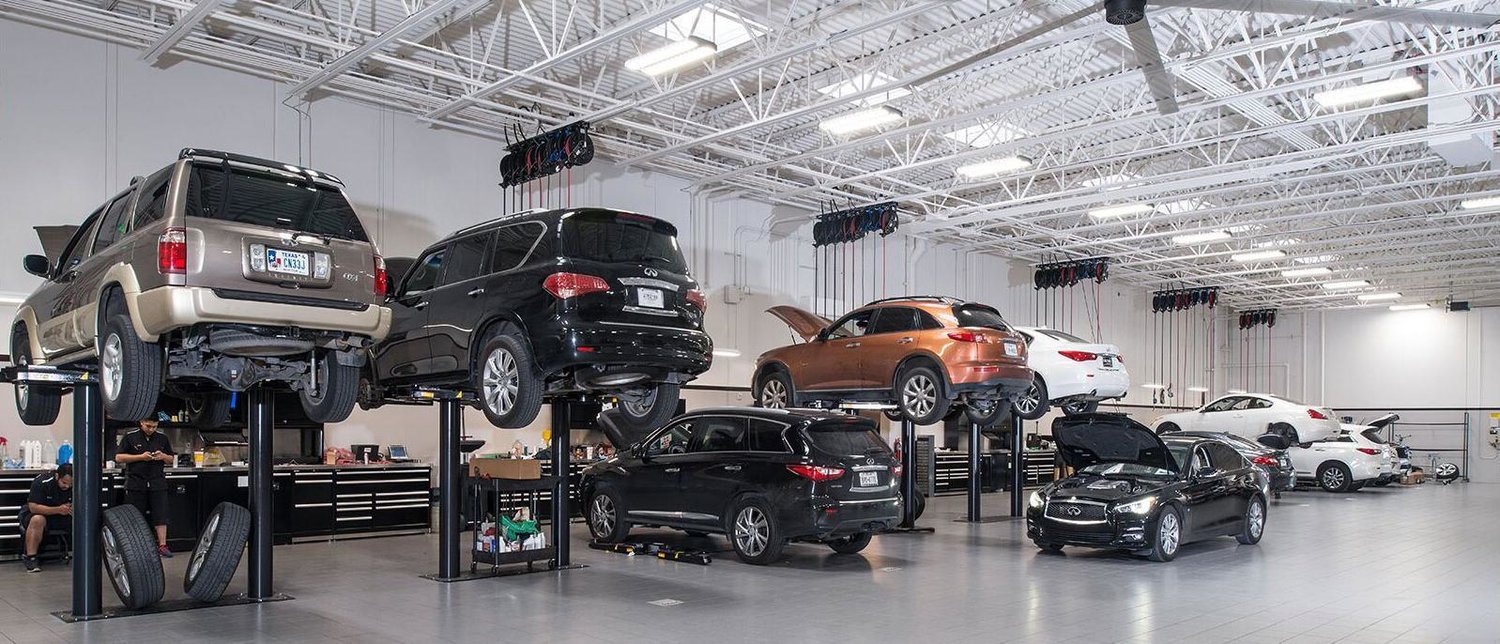All Categories
Featured
Brakes are perhaps the most important safety feature of any type of automobile. Without dependable brakes, even one of the most powerful car can become a risk on the road. That's why regular brake evaluations are a should for ensuring your lorry quits when you need it to. Adhering to a proper brake inspection schedule can not just maintain you secure however additionally aid you prevent costly repair services. Below's a thorough overview on exactly how to effectively check your brakes and what to watch out for.
- The Relevance of Routine Brake Inspections. Brakes go through continual wear and tear with every use, whether you're driving at broadband on the freeway or cruising through city roads. Gradually, brake pads, blades, and various other components put on down, which can impact stopping performance. Without normal examinations, you may not observe the gradual reduction in performance until it's far too late.
Routine brake inspections enable you to capture issues early, making sure that your brakes stay receptive, trusted, and risk-free. Prompt inspections can likewise conserve you cash by resolving minor concerns before they come to be expensive repair services.
- Typical Indicators That Your Brakes Required Attention. While regular brake assessments are essential, there are some indication you can watch out for to recognize when it's time to schedule a check-up:
Squeaking or Grinding Sounds: Shrill squeaks or grinding sounds when using the brakes are typically indications that your brake pads are worn and need replacement. Vibration or Pulsation: If you feel resonances in the steering wheel or the brake pedal, it might indicate distorted rotors, which may require resurfacing or replacing. Soft or Squishy Brake Pedal: If the brake pedal really feels abnormally soft or squishy, there may be air in the brake lines or a problem with the master cyndrical tube. Pulling away: If your auto pulls to one side while braking, this can be caused by irregular brake pad wear or a concern with the brake liquid. Enhanced Quiting Distance: If it takes longer to quit than typical, it may show that the brake pads are used, the fluid is low, or the rotors are harmed. If you see any of these signs and symptoms, it's best to have your brakes inspected right away.
- Secret Elements Checked During Brake Inspections. Throughout a brake examination, a specialist will inspect several important parts of the braking system to make sure whatever is working appropriately. Right here are the crucial parts included:
Brake Pads: One of the most common reason for inadequate braking performance is worn-out brake pads. Checking the thickness of the pads is a priority throughout every inspection. Brake Rotors: Rotors should be smooth and devoid of grooves or splits. Any kind of considerable damages to the blades might lead to endangered stopping performance and unequal pad wear. Brake Fluid: Reduced or infected brake liquid can harm stopping performance. The technician will inspect the liquid levels and quality and replace it if necessary. Brake Lines and Hose pipes: Brake lines must be without leaks or fractures. Any damage to the lines can result in loss of brake liquid, leading to brake failure. Brake Calipers: The calipers use stress to the brake pads. They must be evaluated for signs of wear or leakages to ensure they are working appropriately. Regularly inspecting these components assists maintain your brake system in peak problem, enabling you to stop your auto securely and effectively.
- Just how Often Should You Have Your Brakes Checked? The basic recommendation is to have your brakes checked a minimum of yearly or every 12,000 miles, depending on your driving habits. However, particular driving problems might require more frequent inspections:
Heavy Web Traffic: If you often drive in stop-and-go web traffic, your brake pads will certainly use down quicker. Mountain Driving: Driving on steep roads calls for even more constant stopping, which can trigger your brakes to wear quicker. Towing or Hauling Heavy Loads: If you on a regular basis bring hefty lots, your brakes will experience more stress and call for even more constant evaluations. If you see any one of the indication pointed out earlier, do not wait on the next scheduled inspection-- have your brakes inspected immediately.
- The Effects of Neglecting Brake Inspections. Ignoring routine brake assessments can lead to severe consequences. A failing brake system might result in lowered stopping power, which boosts your danger of accidents.
In the most awful case, driving with harmed brakes can bring about finish brake failure, putting you and other motorists in jeopardy. Regular brake assessments are a tiny investment that can save your life and protect against costly repairs.
- Conclusion: Keep Safe with Regimen Brake Inspections. Brakes are not something you desire to take chances with. A trustworthy braking system is necessary for secure driving, and routine brake examinations are a simple method to guarantee that your car quits when you require it most. By staying on top of brake maintenance, expecting alerting indicators, and having your brakes checked at the recommended periods, you'll shield both your vehicle and your security.
Do not wait until your brakes begin to fail-- routine normal brake examinations and keep your lorry in optimum problem for years ahead.
Latest Posts
Unlock Your Financial Partner at WyHy – Low Rates for Members
Enhance Your Building with Overhead Door Systems
Unlock WyHy Federal Credit Union – Key Tools for Your Future
